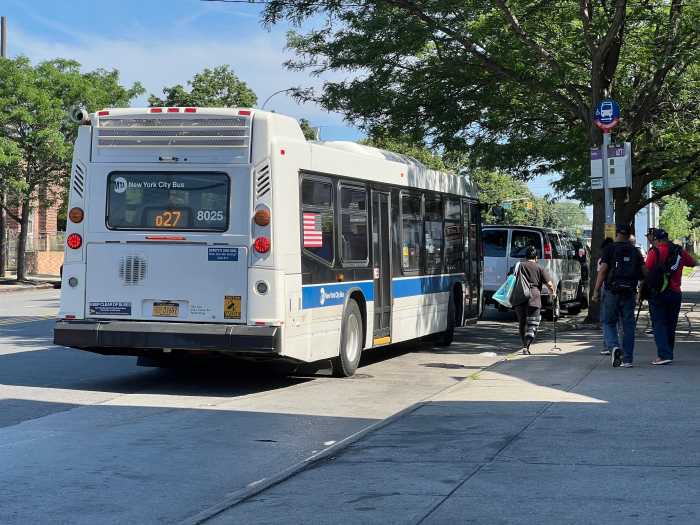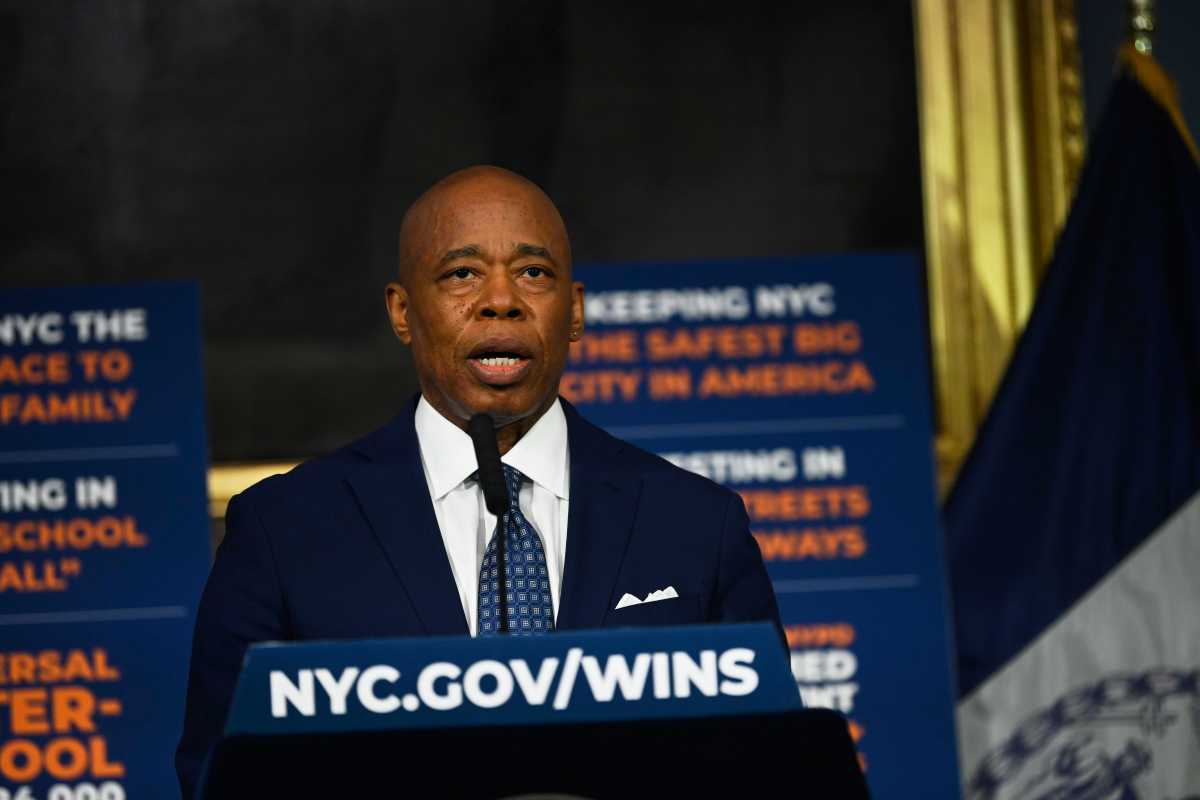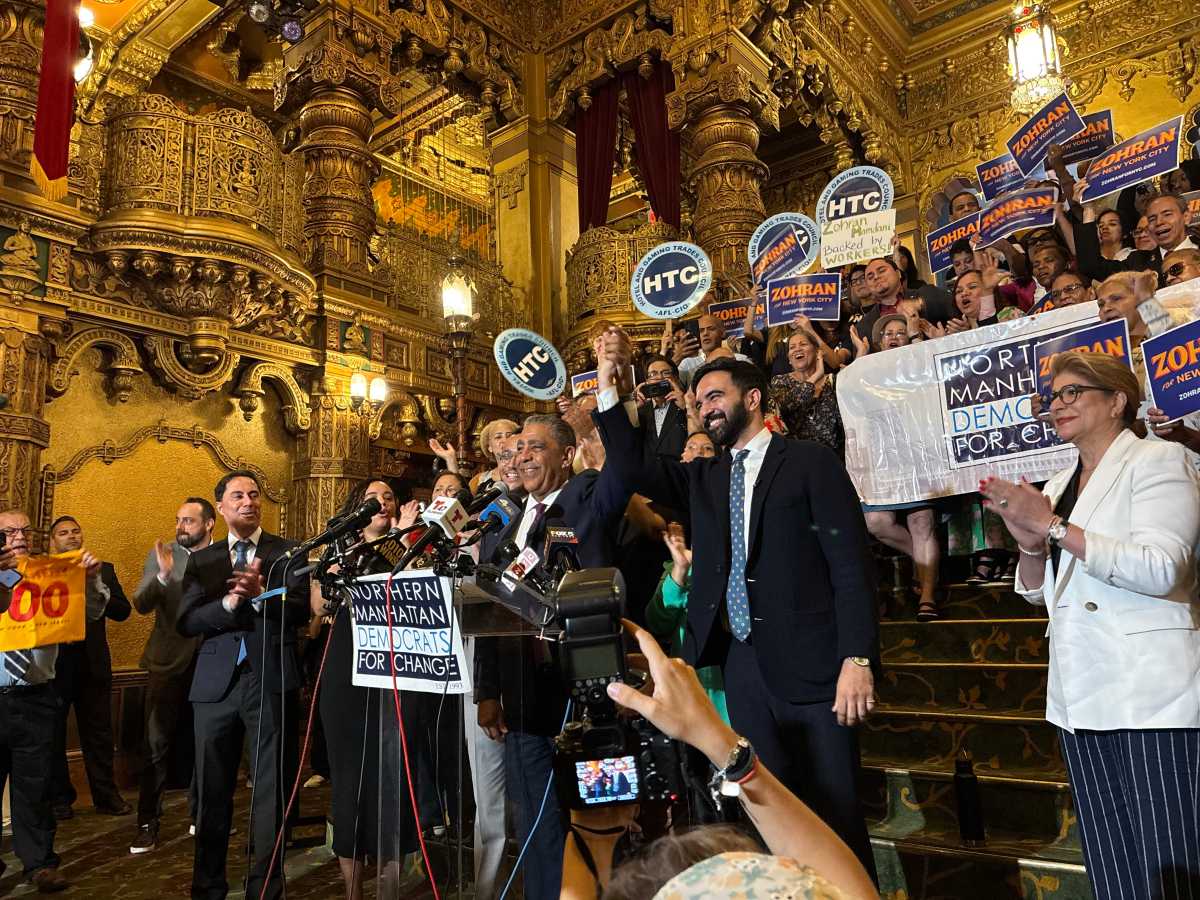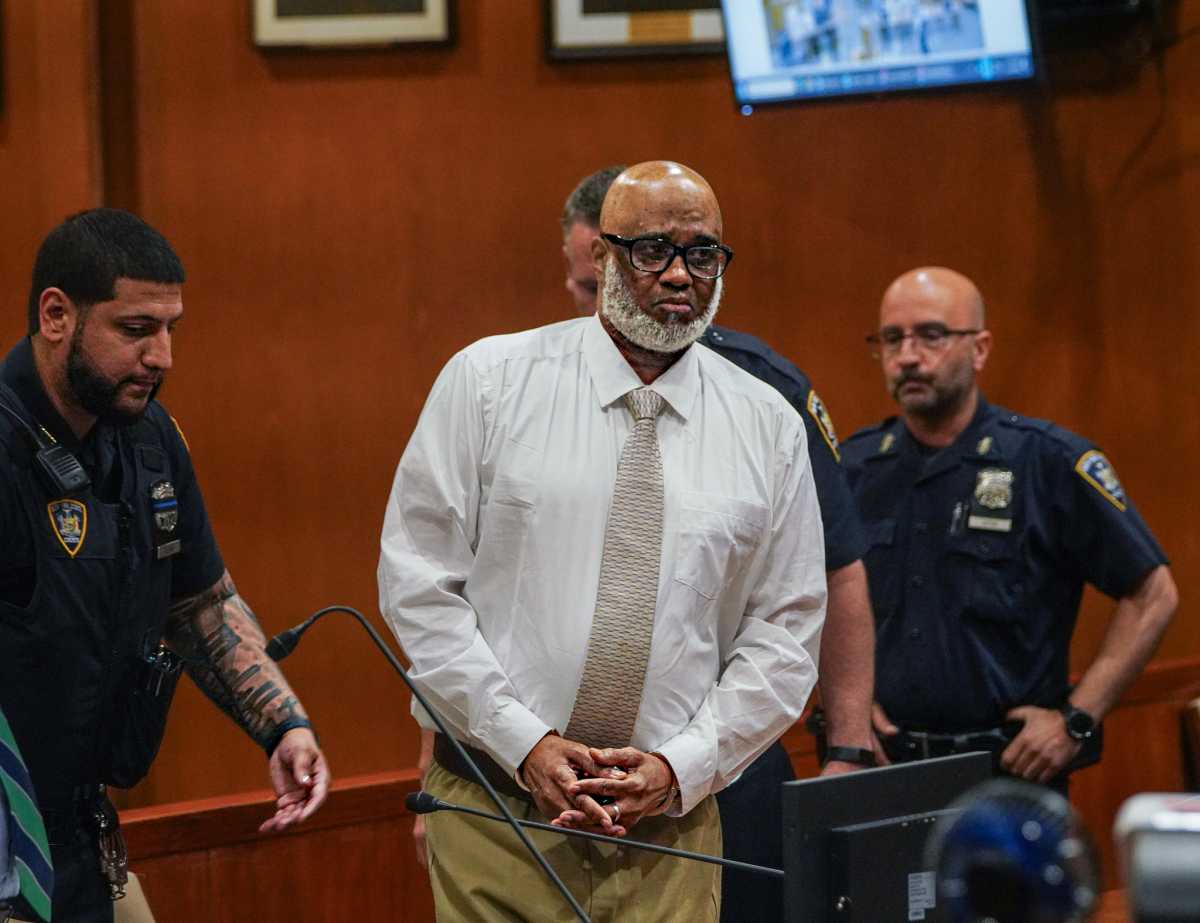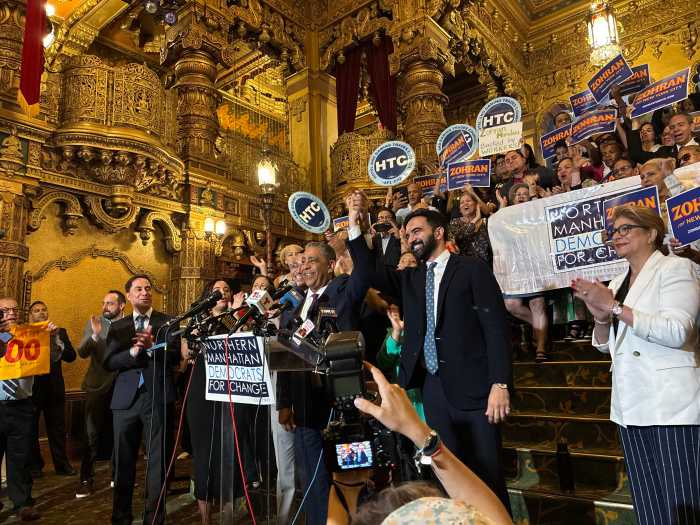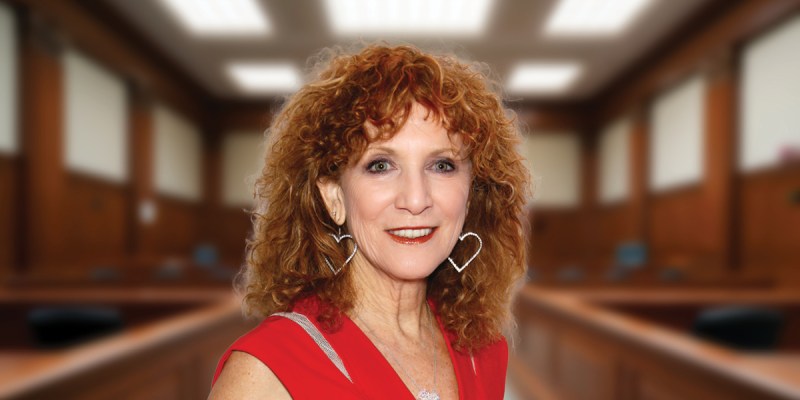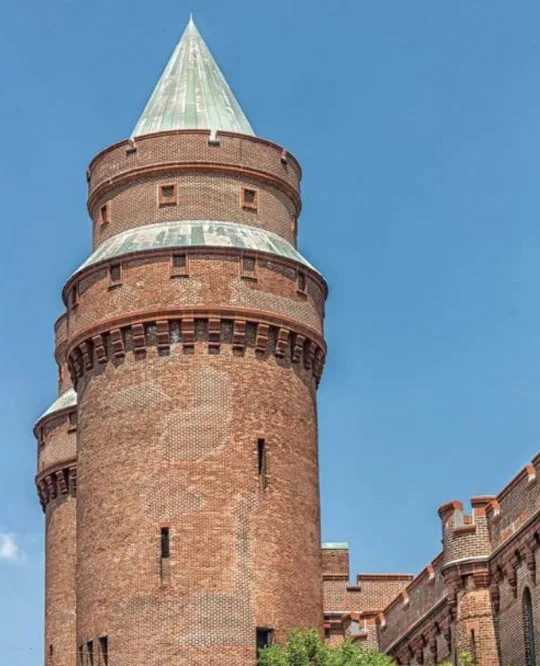By William Lewis
New York state, one of the original 13 states, became a place that grew based on commerce and trade and immigration from many countries throughout the world. New York is now the fourth largest states in terms of population and played a prominent role in the American Revolutionary War.
It is interesting to see that New York produced six U.S. presidents during its long history: Martin Van Buren (1837-1841), Millard Fillmore (1850-1853), Grover Cleveland (1885-1889 and 1893-1897), Theodore Roosevelt (1901-1909), Franklin Roosevelt (1933-1945) and our current commander in chief, Donald Trump.
In addition to that, there were nine U.S. vice presidents elected from New York.
It can be said that no other state has had such a record of electing people to our highest office. Both the Republican and Democratic candidates for president in 2016 came from the Empire State.
When we look at New York, New York City for years has had tremendous political influence at the local and national levels.
There were constant elections for local offices and political action. Madison Square Garden provided the home for many political conventions and meetings.
It is expected that anyone who becomes governor of New York will have some interest in running for president. That is usually the case.
The state of California joined the union much later than New York and has shown an increasing amount of political prestige in the national election process.
It was in 1912 that the California vote was helpful to Woodrow Wilson in getting him elected. Having California as a power base allowed Ronald Reagan to become president of the United States for two terms.
In 1964, Sen. Barry Goldwater of Arizona and Gov. Nelson Rockefeller of New York faced each other in the Republican primary.
The person who won that primary in California was sure to become the Republican candidate for president that year.
Rockefeller spent most of his time campaigning in central and northern California, whereas Goldwater devoted most of his time in the two most southern counties, namely Los Angeles and Orange counties.
When the results were in, Rockefeller carried central and northern California by a 2-to-1 margin.
Goldwater, however, carried the two southernmost counties by a 3-to-1 margin, and went on to win the primary in California by 59,000 votes.
It should be noted that Los Angeles and Orange counties contained 40 percent of the Republicans in the state.
New York and California, two of our largest populated states, have considerable political power.
Anyone who runs for national office, such as the presidency or the U.S. Senate, needs support in the heavily populated states, which in addition to New York and California would include Florida, Texas and Pennsylvania.
But New York stands out as a prime state of political awareness and has for many years.
In future elections, New York will continue its large role in national political developments.

